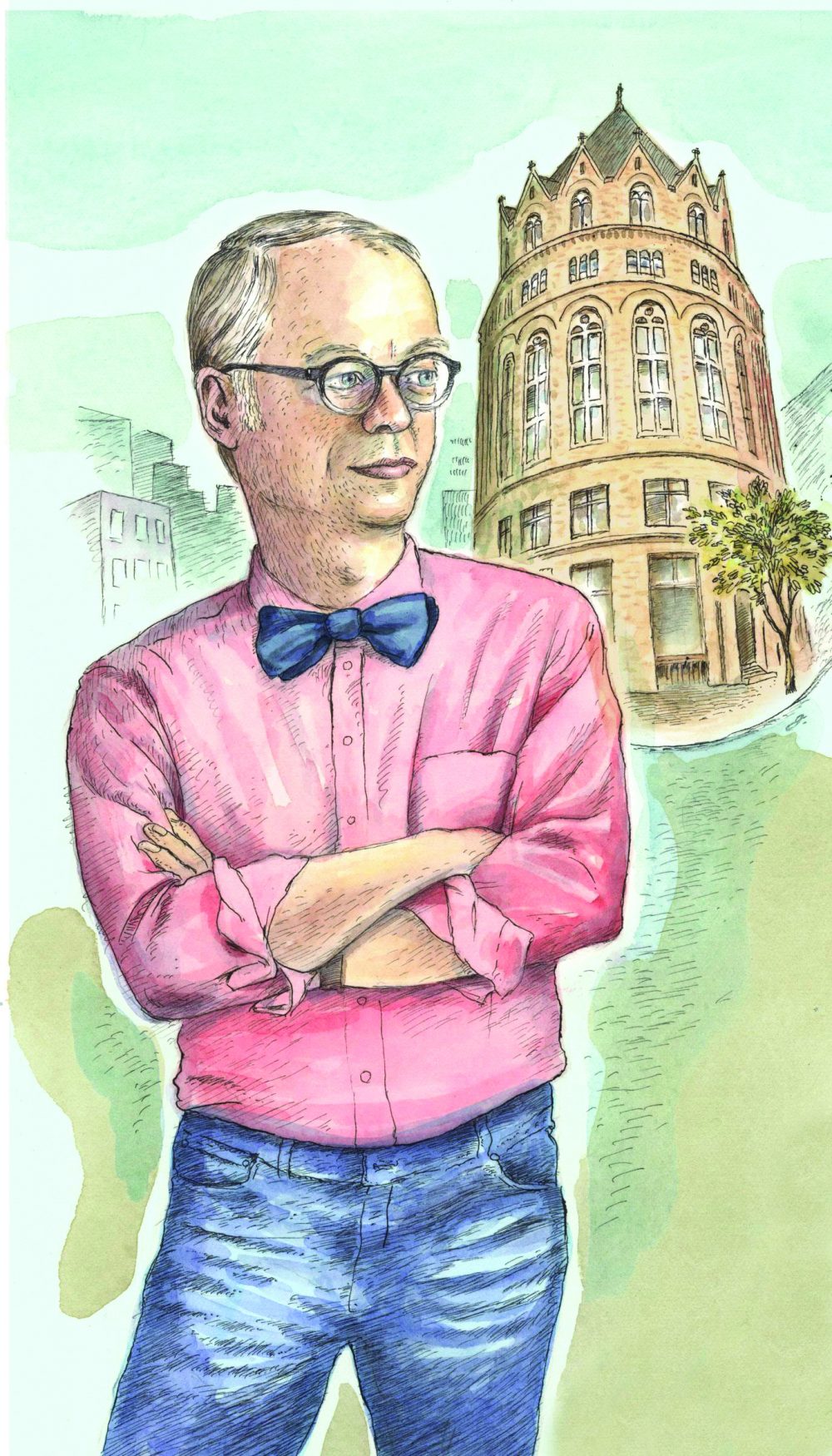Your email address is required to begin the subscription process. We will use it for customer service and other communications from Milk Street. You can unsubscribe from receiving our emails at any time.
Roman Holiday
Back to September-October 2018

In Italy, meatballs are small, pasta is lightly sauced and a coffee (order un caffè, not an espresso, since all coffee is espresso unless otherwise specified) is to be consumed standing and in seconds. Socializing is done on the way to and from the bar. Never order a cappuccino after lunch or dinner (it’s a breakfast drink). And when you do, never sit at a table—you will paying a multiple of the bar price.
My first trip to Rome was in 1967 on the way back from Uganda where my mother, sister and I had spent two months doing a research project on school kids. (My mother, Mary Alice, was a school psychologist.) In Queen Elizabeth National Park, the food and the service were barely post-colonial, but a trip to Murchison Falls was spectacular; the Nile is forced through a narrow gorge to great effect. The school children were charming and I still remember a curious detail: They had blue ink-stained fingers from cheap, leaky fountain pens. In Kampala, our base camp, it was not uncommon for a professor at Makerere University to disappear in the middle of the night under the bloody administration of the prime minister, Apollo Milton Obote.
On the way back from Uganda, we stopped in Rome where it was sunny and hot. We checked in at the Hassler Roma hotel at the top of the Spanish Steps and had breakfast on the roof. It was pure Roman holiday: pasta, pizza and gelato, fountains and museums, and a tour of the Forum. But it would be decades before I would get to know the real Rome.
According to Matt Goulding, author of “Pasta, Pane, Vino,” Rome has been a tourist destination for 2,000 years. And people have been complaining about the food since the Middle Ages. It’s easy to get a mediocre meal in Rome, including heavy, over-sauced pasta, but a careful traveler can still find Instagram-worthy dishes, such as the cacio e pepe and raw spigola (sea bass) with shaved truffles at Le Mani in Pasta. Unlike Paris, however, where the waitstaff exudes a cool professional aura, the Roman eatery is theater. At Da Gino al Parlamento, two waiters offer commentary on your eating habits, your appetite and whatever is in the news. I was once chastised for eating too quickly and my wife was soundly interrogated about why she did not finish her pasta course. On a subsequent trip, the waiter was so excited about the election of a new pope that dinner became secondary—it was politics over pasta.
You don’t go to Italy to worship at the temple of gastronomy; you don’t even go there to eat. You just go there to get out of your skin, to let go and become Italian. You might notice that diners at a small eatery in Rome’s Trastevere district are casually dressed, but then you look more closely. It may be jeans and T-shirts, but the eyeglasses are bright green or the shoes are designer. It’s all about accessories. And if you travel down to Naples and order pizza, you realize that everyone eats with forks and knives. The reason? The center of the flash-cooked pizza is soft, not crispy. Nobody sits around analyzing the crust, the mozzarella di bufala or the quality of the sauce. Pizza is not an intellectual exercise.
And Romans have a sense of humor, especially at your expense. I once rented a car large enough to fit our six-person family and luggage. Waiting outside the underground carpark, I saw a large white ice cream truck heading toward me. To my horror, I realized that this was mine. The driver handed me the keys and said something in Italian along the lines of, “Good Luck!” Though the vernacular was probably earthier. By the time I got to Venice, much of the paint and trim had been removed driving through the narrow streets of Florence. I dumped the keys and ran.
Once in Venice, I headed to a working-class establishment out on a jetty. There was no menu; just two selections for each course. Diners got up to sing, the waitress jousted with the regulars (she was the incarnation of Alice from The Honeymooners), and everyone was the butt of a joke. It was a blue collar La Dolce Vita.
If you spend enough time with locals, you hear stories. I was told that if you go to the hospital to give birth, you need to bring your own sheets and pillows. Scooter insurance is high due to fraudulent claims. Ticket sales for the archeological site at Pompeii are skimmed by the local mafia. Freshly grilled tuna in a piazza in Sicily was contaminated and sent diners to the hospital.
Here in America, we are burdened by the weight of global events. In Italy, one looks to a friend, a plate of fried soft shell crabs, or a family dinner for inspiration. Go to Rome. Have your pasta. Enjoy a plate of polpette in broth. Try a cup of pistachio gelato. Order un caffè at the bar. And drink it down fast.

